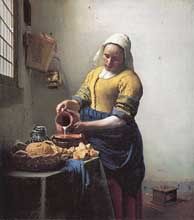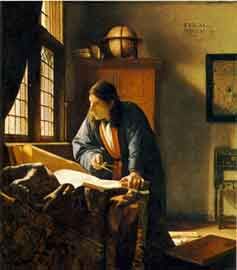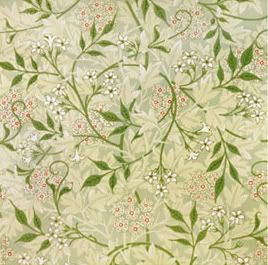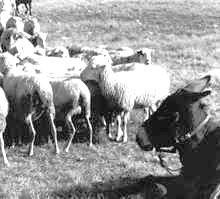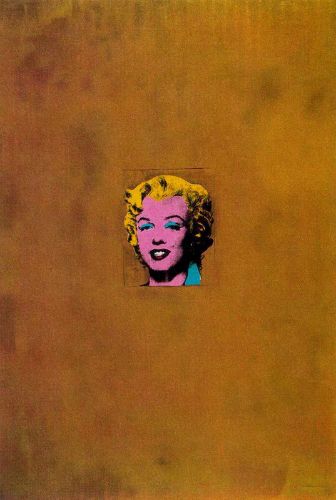
Golden Marilyn, 1962
I've been busy these past few days, with visitors and also updating my website and completing a design study. I'll be posting on those soon.
Meanwhile, a lot has been going on. The Pope initiated a scholarly dialogue about Islam, and has had to make some amends with public relations meetings with Muslim leaders.
He quoted a Byzantine Emperor’s interaction with a Persian scholar, on the nature of Mohammed.
An exhibition entitled Andy Warhol / Supernova Stars, Deaths and Disasters is currently on show at the Art Gallery of Ontario.
Now, there is a connection somewhere, which I will try to elaborate in a later blog entry and possibly an essay.
Mainly, that Warhol, who was Byzantine Catholic, produced some very iconic-like works which are reminiscent of the Byzantine religious imagery.
If the Byzantine Emperor were to see Warhol’s imagery, given that his Empire went through the infamous Iconoclastic period where icons were destroyed following the 10th commandment’s ordinance against worshiping graven images:
Exodus 20:4-5 4 Thou shalt not make unto thee any graven image, or any likeness of any thing that is in heaven above, or that is in the earth beneath, or that is in the water under the earth. 5 Thou shalt not bow down thyself to them, nor serve them |
I wonder what he would think of Warhol’s art? And does art like Warhol put Christian civilizations at risk for the kind of Islamic invasions the Byzantine Emperor was describing?
The whole of Warhol’s life, and not just his art, appears to be forsaking these very Biblical verses. He made iconic images of famous stars and people who were the subject of admiration, at the very least, by great numbers of people, including himself.




